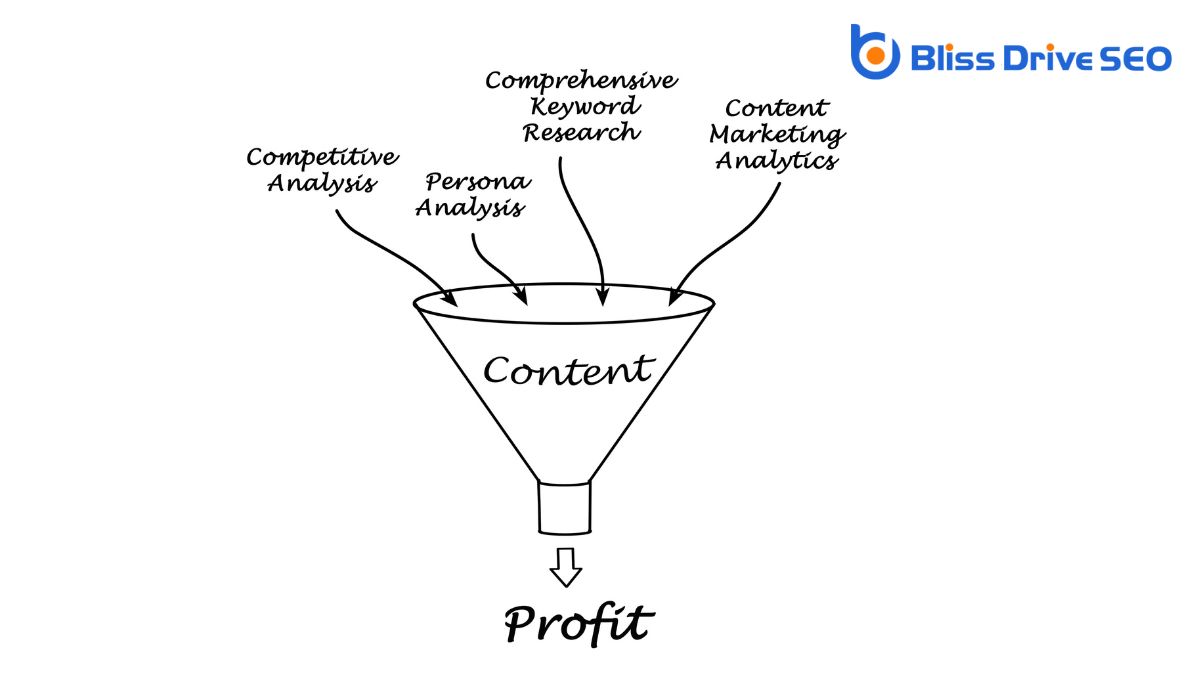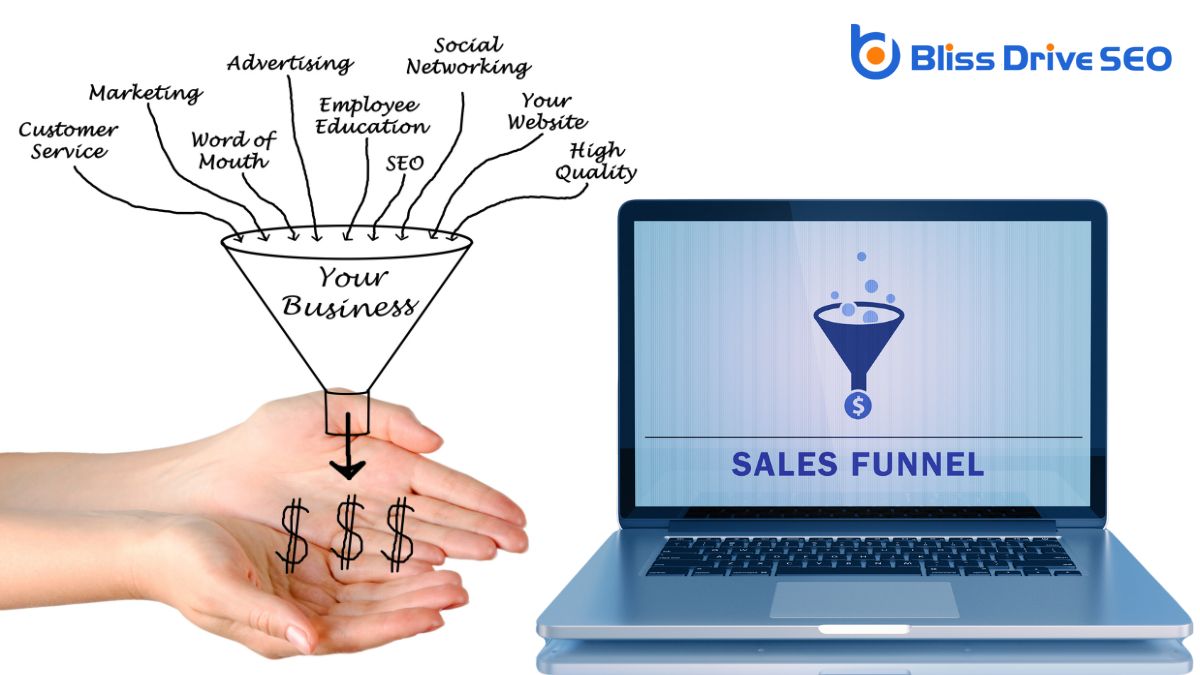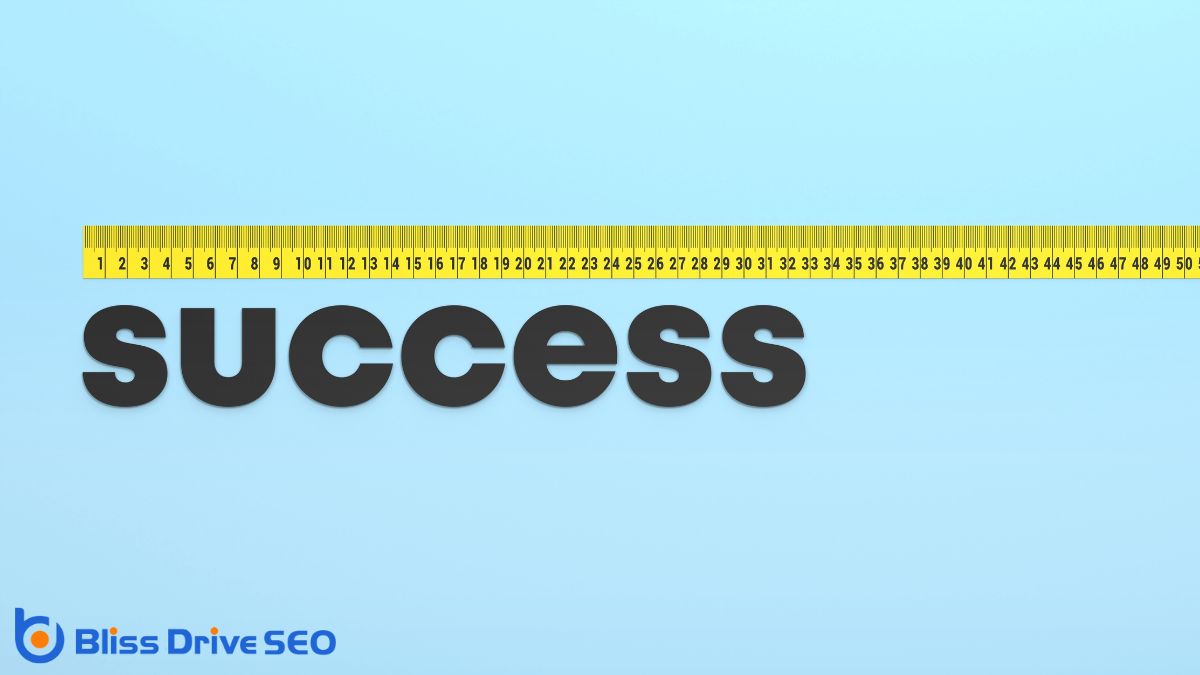Digital Marketing Services
Learn More About Us

A content marketing funnelThe stages of a buyer's journey, from awareness to consideration to decision, supported by targeted ... is your strategy for leading potential customers from awareness to purchase. You tailor content at each stage to meet their needs, starting with engaging and educational content that captures interest. As they advance, provide insights, comparisons, and solutions to nurture their consideration. In the final stage, use testimonials, discounts, and compelling calls to action that reinforce their buying decision. This structured approach not only boosts engagementThe interactions that users have with a brand’s content on social media. but also improves conversionThe completion of a desired action by a referred user, such as making a purchase or filling out a fo... rates, helping customers understand, trust, and choose your brand. Discover how this can transform your marketing efforts and efficiently guide prospects to become loyal customers.

To truly harness the power of content marketing, you must first grasp the concept of the content marketing funnel. This funnel is a strategic model that guides potential customers through a journey from awareness to decision-making. By understanding this model, you can effectively tailor your content to meet your audience's needs at each stage of their journey.
Imagine the funnel as a roadmap. At the top, you attract a broad audience, casting a wide net to capture interest and build awareness. As you move down the funnel, your focus shifts to nurturing relationships and providing value, ensuring your audience sees you as a trusted resource. Content here should educate and engage, helping your audience solve problems or answer questions.
The content marketing funnel consists of three key stages that guide your audience from initial awareness to making a purchase decision. These stages are Awareness, Consideration, and Decision.
At the Awareness stage, your goal is to capture attention. Here, your audience may not even know they have a problem or need. You'll aim to educate them about a specific issue, offering solutions that naturally leadA potential customer referred by an affiliate who has shown interest in the product or service but h... them towards your brand.
Next is the Consideration stage, where your audience starts evaluating their options. They're aware of their problem and are actively seeking solutions. It's your job to help them weigh their choices by providing valuable insights and comparisons. This is where you build credibility, showing your audience why you're a reliable choice.
To effectively engage your audience at each stage of the content marketing funnel, you need to tailor your approach.
In the awareness stage, focus on content that introduces your brand and captures interest.
As prospects move to the consideration and decision stages, you should shift to strategies that address their needs and highlight your product's benefits.
Imagine you've just launched a new product or service; capturing your audience's attention right from the start is crucial. This is where Awareness Stage Content comes into play. At this stage, your primary goal is to make potential customers aware of your brand and what it offers. You're introducing them to a solution they may not even realize they need yet.
To do this effectively, focus on creating content that educates and engages. Blog posts are a great start, offering valuable insights or information related to your industry.
You might also consider social media posts that highlight the problem your product addresses, using eye-catching visuals or compelling storiesA feature on platforms like Instagram and Facebook where users can post photos and videos that disap.... InfographicsVisual representations of information, data, or knowledge intended to present complex information qu... can break down complex ideas into easy-to-understand visuals, making them shareable and engaging.
Videos are also powerful tools in this stage. Short, informative videos that introduce your product and its benefits can quickly grab attention. Remember, the key is to provide value and spark curiosity without being overly promotional.
It's about building trust and establishing a connection with your audience so they're inclined to learn more. By crafting thoughtful Awareness Stage Content, you lay the foundation for a strong relationship with potential customers.
After capturing your audience's attention in the awareness stage, focus on nurturing their interest through the consideration stage. Here, your goal is to provide content that educates and informs, guiding potential customers toward understanding your product or service's value. You want to position yourself as a trusted resource, offering solutions to their problems or needs.
Start by creating detailed blog posts, how-to guides, and comparison content that dives deeper into your offerings. These should address common questions and challenges your audience might face.
Use case studiesIn-depth analyses of specific instances or examples to highlight success stories or lessons learned.... and testimonials to highlight real-world applications and successes. This not only builds credibility but also helps prospects visualize themselves benefiting from your solution.
WebinarsLive or recorded online presentations or seminars used to educate and engage an audience. and videos are effective for engaging visual learners. They allow you to demonstrate your expertise and build a personal connection. Encourage interaction by answering questions in real time, which can further solidify trust.
Additionally, consider offering free trials or demos. This hands-on experience lets potential customers explore your product firsthand and see its benefits. By providing valuable and insightful content tailored to the consideration stage, you'll effectively guide your audience closer to making an informed decision.
As potential customers move into the decision stage, your content needs to be strategically designed to reinforce their readiness to purchase. At this point, they're evaluating their options and deciding which product or service best meets their needs. Your content should aim to provide assurance and a gentle push toward closing the deal.
Here's how you can effectively craft content for this stage:
1. Testimonials and Case Studies: OfferThe specific product or service being promoted by affiliates. real-life examples of satisfied customers. These stories can build trust and provide social proofThe influence that other people’s actions have on one's own behavior, often seen in likes, shares,..., helping prospects see the tangible benefits others have experienced.
2. Comparisons and FAQs: Create content that directly compares your offerings with competitors, highlighting your unique advantages.
A well-structured FAQ can also address lingering doubts, reduce hesitations, and clarify any uncertainties.
3. Special Offers and Demos: Encourage action by providing limited-time discounts or free trials.
Giving potential customers a taste of your product can convert interest into commitment.

To effectively align your content with audience needs, start by understanding their preferences and behaviors. Use this insight to tailor your content strategies, ensuring each piece resonates and engages. By doing so, you'll not only capture their attention but also guide them smoothly through your marketing funnel.
Knowing what your audience wants is essential for crafting content that resonates and engages effectively. You need to dive deep into their preferences to create content that aligns with their needs. Understanding these preferences can transform your content marketing efforts, making your message not only heard but felt. To start, consider these essential steps:
Crafting a successful content strategy pivots on how well you tailor your approach to meet your audience's specific needs. You can't just create content for the sake of it; you need to comprehend what your audience wants and how they consume information. Start by analyzing your audience's behavior, preferences, and pain points. This knowledge allows you to create content that resonates and adds value.
Identify key touchpoints in your customer's journey and align your content to address their questions and concerns at each stage.
For instance, at the awareness stage, focus on educational content that introduces your brand and addresses common issues your audience faces.
As they transition to the consideration stage, provide in-depth articles, case studies, or product comparisons that help them evaluate their options.
Don't forget to adapt your tone and style to match your audience's preferences. Whether it's a formal tone for a corporate audience or a more casual approach for millennials, consistency is key.
Regularly assess your strategy's effectiveness by gathering feedback and analyzing engagement metrics. This way, you can adjust your content to guarantee it continues to meet your audience's evolving needs, keeping them engaged and moving through the funnel.
Imagine having a roadmap that guides potential customers from awareness to purchase, ensuring they're engaged and informed every step of the way. That's the power of a content marketing funnel. By utilizing this strategic approach, you can effectively lead your audience through the buying process, making it easier for them to understand, trust, and choose your brand.
Here are three key benefits of implementing a content marketing funnel:
While a content marketing funnel can revolutionize how you engage with your audience, it's important to be aware of common pitfalls that could compromise your efforts.
One frequent mistake isn't aligning content with each stage of the funnel. You need to tailor your content to address the specific needs and pain points of your audience at every stage, whether it's awareness, consideration, or conversion. If you don't, you risk losing potential customers who don't see the relevance of your content.
Another mistake is neglecting to update and optimize your content regularly. Content that was effective a year ago mightn't resonate today. Keep an eye on trends and adapt your strategy to stay relevant.
Additionally, avoid overwhelming your audience with too much information at once. Bombarding them with details can lead to confusion and decision fatigue. Instead, provide clear, concise content that naturally guides them through the funnel.
Lastly, failure to integrate a clear call to action (CTA)A prompt that encourages users to take a specific action, such as "Buy Now" or "Sign Up." can be detrimental. Your audience needs direction on the next steps. Whether it's signing up for a newsletterA regularly distributed email containing news, updates, and content relevant to subscribers. or making a purchase, make sure your CTAs are straightforward and compelling.

To truly grasp the impact of your content marketing funnel, it's pivotal to measure its success through specific metrics. You can't just assume it's working without hard data. Instead, focus on key performance indicators that reveal how well each stage of your funnel is performing. By doing so, you'll gain insights into what's working and what needs improvement.
Consider these three essential metrics to track your funnel's success:
You've now got a solid grasp of the content marketing funnel and its stages. By crafting content that aligns with your audience's needs at each stage, you'll nurture leads effectively and guide them toward conversion. Remember to avoid common mistakes and continuously measure your funnel's success to refine your strategy. With a well-executed funnel, you'll boost engagement, enhance brand loyaltyThe tendency of consumers to continue buying the same brand's products or services., and ultimately drive more sales. So, start implementing these insights and watch your content marketing thrive!
